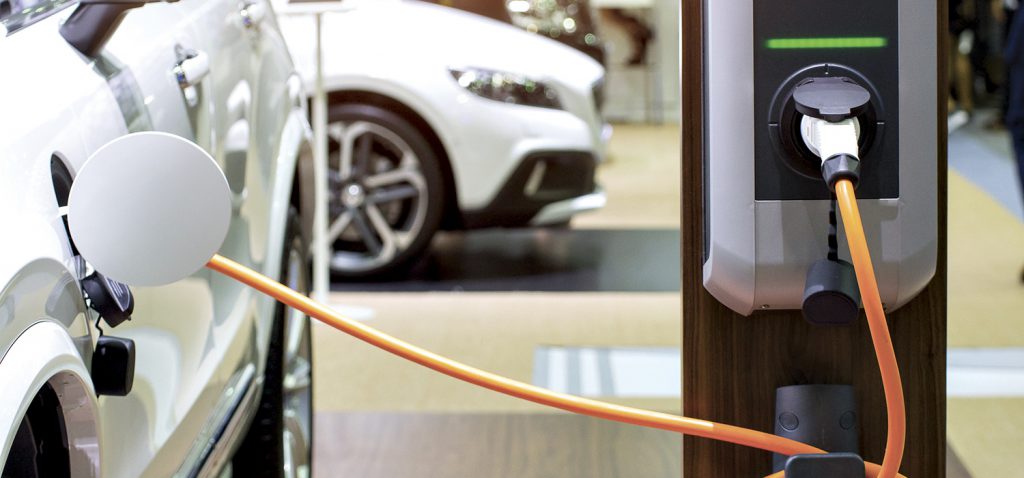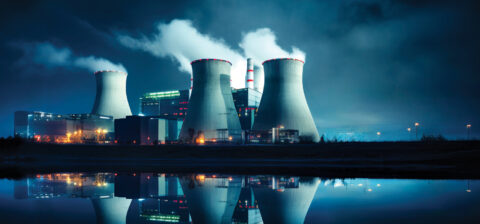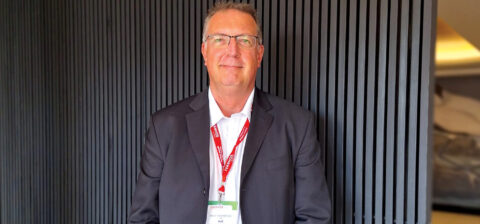SA Mining
Global Growth
Precious metals producer Sibanye-Stillwater expected to enter the battery minerals sector in the next two years, CEO Neal Froneman told delegates at the annual breakfast Indaba in Johannesburg.
According to the JSE-listed entity, most uses for platinum group metals (PGMs) lie with the automotive sector; and a snapshot of the future in five to 10 years, the electric power train is expected to play a significant role as a mode of transport. Given Sibanye-Stillwater’s already strong PGM play and its presence in the hybrid fuel cell market, an entry into battery minerals remained an obvious choice, Froneman said.
Following the strong focus on developing electric vehicles, lithium, vanadium, graphite and cobalt remain among the “hot” emerging commodities.
The multi-commodity company is therefore looking to extend its footprint to include battery metals.
“Two years before we made our move into PGMs, we signalled our intention to the market. The SFA (Oxford) deal is a signal to the market of our interest in the battery metals market. We would like to unfold a similar set of strategies but for a different set of commodities in about two years’ time.”
The miner recently acquired SFA (Oxford), a provider of market intelligence on battery materials and precious metals, based on the expectation that its market research would direct the company towards the most suitable battery mineral in which to invest.
“We bought SFA (Oxford) to help us determine the right battery mineral to invest in. There is much work to do in order to develop the knowledge and to identify the right resource on which is the right metal to invest in,” he said.
Meanwhile, given the JSE-listed entity’s focus on international growth and the “perception of discontent” with its primarily local listing and driven by its desire to ensure accessibility to finance and raising debt for future projects, Sibanye-Stillwater is mulling a primary listing elsewhere.
Following its spate of recent acquisitions and considering its “debt levels, shareholders in North America and Europe are very reluctant to hold shares in the JSE”.
“Just by relocating our listing we can access greater finance to grow the business internationally.”
Froneman is quick to point out however that the company will continue to be South Africa-domiciled as it looks to spread its wings further afield. Currently, 38% of its shareholders are North American-located.
While a change in listing in not imminent, it just might be influenced by where the miner identifies its next battery mineral asset, Froneman said.
“We are not leaving South Africa, we have made significant investments in the country and are committed to spending around
R4.5-billion a year as sustaining capital on our long-life assets.”
According to Froneman, Sibanye is currently a leading platinum producer, rated second as a palladium producer and leading producer of rhodium.
“This is only achievable from a South African base. We will continue to invest to ensure sustainability in South Africa. However, from a gold point of view, there is very little growth in South Africa and we are left with little option but to grow our business outside of South Africa.”
Sibanye-Stillwater’s four-step growth strategy for platinum recently included the acquisition of Aquarius Platinum, Lonmin, Amplats’ Rustenburg assets and Stillwater.
The company’s platinum division houses the Aquarius Platinum (Aquarius) assets acquired in 2016 as well as the Rustenburg platinum assets acquired from Anglo American Platinum (Amplats). In May 2017, the acquisition of Stillwater Mining Company (Stillwater) became effective.
More recently, the miner acquired a 38.05% stake in surface mining company DRDGOLD and platinum producer Lonmin for R5.2bn.
“We understood that if we wanted to get into the PGM market it was essential to get access to the metals and the market and to understand end-user requirements as well as how the market was changing.”
Its strategy focused on “well-advanced projects that were not as yet finished”.
According to Froneman, the acquisition of platinum producer Lonmin offered Sibanye-Stillwater “a relatively cheap” set of good-quality well-advanced resources that were not yet complete, together with “their processing facilities worth about R1bn to R1.5bn” – giving Sibanye-Stillwater South Africa a mine-to-market offering.
But given decreasing underground production, Froneman believes the area “has one processing facility too many” and that producers in the area should engage with each other “to shut down one set of processing facilities”.
“At Lonmin we would be willing to consider such a move if a deal could be suitably negotiated,” he said.







 Sign-up and receive the Business Media MAGS newsletter OR SA Mining newsletter straight to your inbox.
Sign-up and receive the Business Media MAGS newsletter OR SA Mining newsletter straight to your inbox.